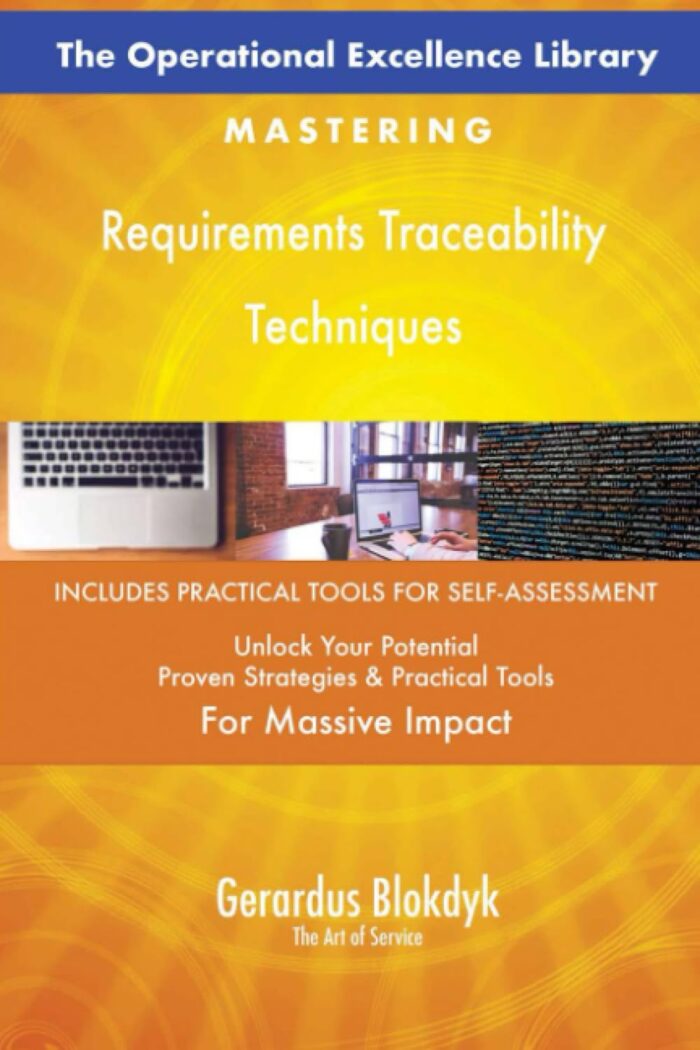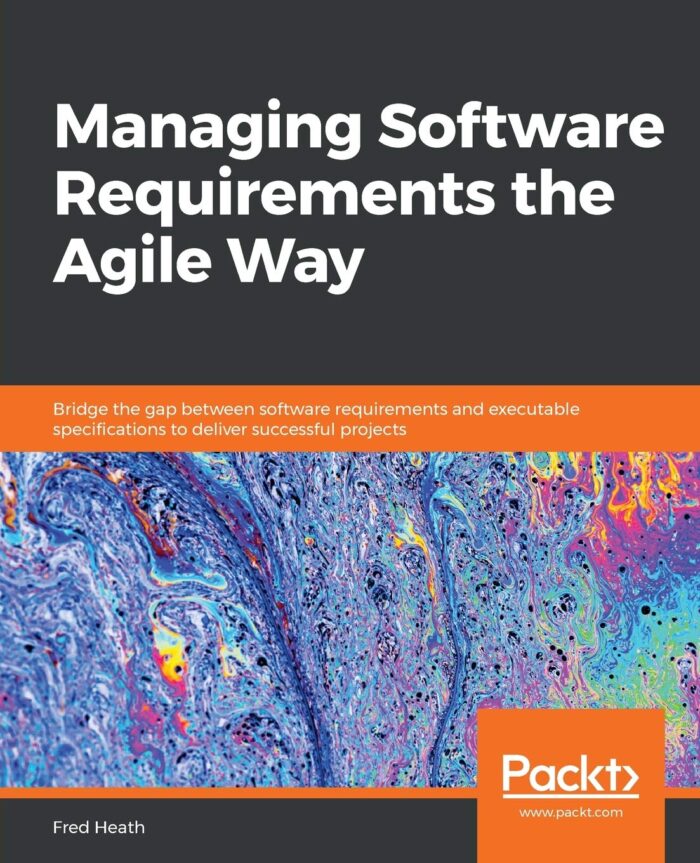
Requirements Traceability Matrix
What is a Requirements Traceability Matrix?
Project teams use a Requirements Traceability Matrix (RTM) to track each requirement throughout the project lifecycle. They connect requirements to corresponding design elements, development tasks, test cases, and deliverables. This matrix helps teams verify that they address and fulfill all requirements by the end of the project.
This document connects stakeholders and project teams, ensuring they do not lose the project’s original goals during development. The matrix is especially valuable in complex projects where requirements may change or evolve. It supports quality assurance by linking testing activities directly to specific requirements. The RTM also facilitates impact analysis by showing how changes to a requirement may affect related elements in the project.
Key Points
- The matrix helps track the origin and fulfilment of each requirement from planning to delivery.
- Teams structure it in many formats, but they typically include requirement IDs, descriptions, sources, and associated tests or deliverables.
- The RTM supports regulatory compliance in industries that require documentation of how requirements are met.
- It helps identify missing, redundant, or unverified requirements early in the project.
- Stakeholders use it to confirm that project outcomes align with business goals and client needs.
Related Terms
- Requirements Management refers to the overall process of capturing, analyzing, and maintaining project requirements, which the matrix supports.
- Change Control is essential when modifications to a requirement occur, as the matrix helps assess how those changes affect the project.
- Verification and Validation are quality control activities that use the RTM to ensure that requirements are correctly implemented and tested.
- Work Breakdown Structure helps define tasks linked to specific requirements documented in the matrix.
- Scope Management uses the RTM to confirm that the project addresses all requirements within its boundaries.
Requirements Traceability Matrix: Example
A software development project for a healthcare application uses a traceability matrix to map each regulatory requirement to a specific system feature and related test case. For instance, the team traces a requirement for secure patient login to a design document, a development task, and a corresponding security test case. During testing, the team uses the matrix to confirm that the feature functions correctly and meets the requirements before release.
Requirements Traceability Matrix: Best Practices
- Maintain the matrix from the beginning of the project and update it regularly.
- Use unique identifiers for each requirement to ensure clarity and avoid duplication.
- Collaborate with stakeholders to verify that all key requirements are accurately captured and tracked.
- Use automated tools where possible to manage and update the matrix efficiently.
- Review the matrix during each project phase to catch gaps or inconsistencies early.
Additional Resources
Preparing for a PMI certification?
- Exam Prep Courses: PMP®, CAPM®, and PMI-ACP®
- Exam Simulators: PMP®, CAPM®, PMI-ACP®, PMI-PBA®, PMI-RMP®, PMI-SP®, PgMP®, and PfMP®
- Professional Development Units (PDUs): 15, 30, and 60 PDU Bundles




